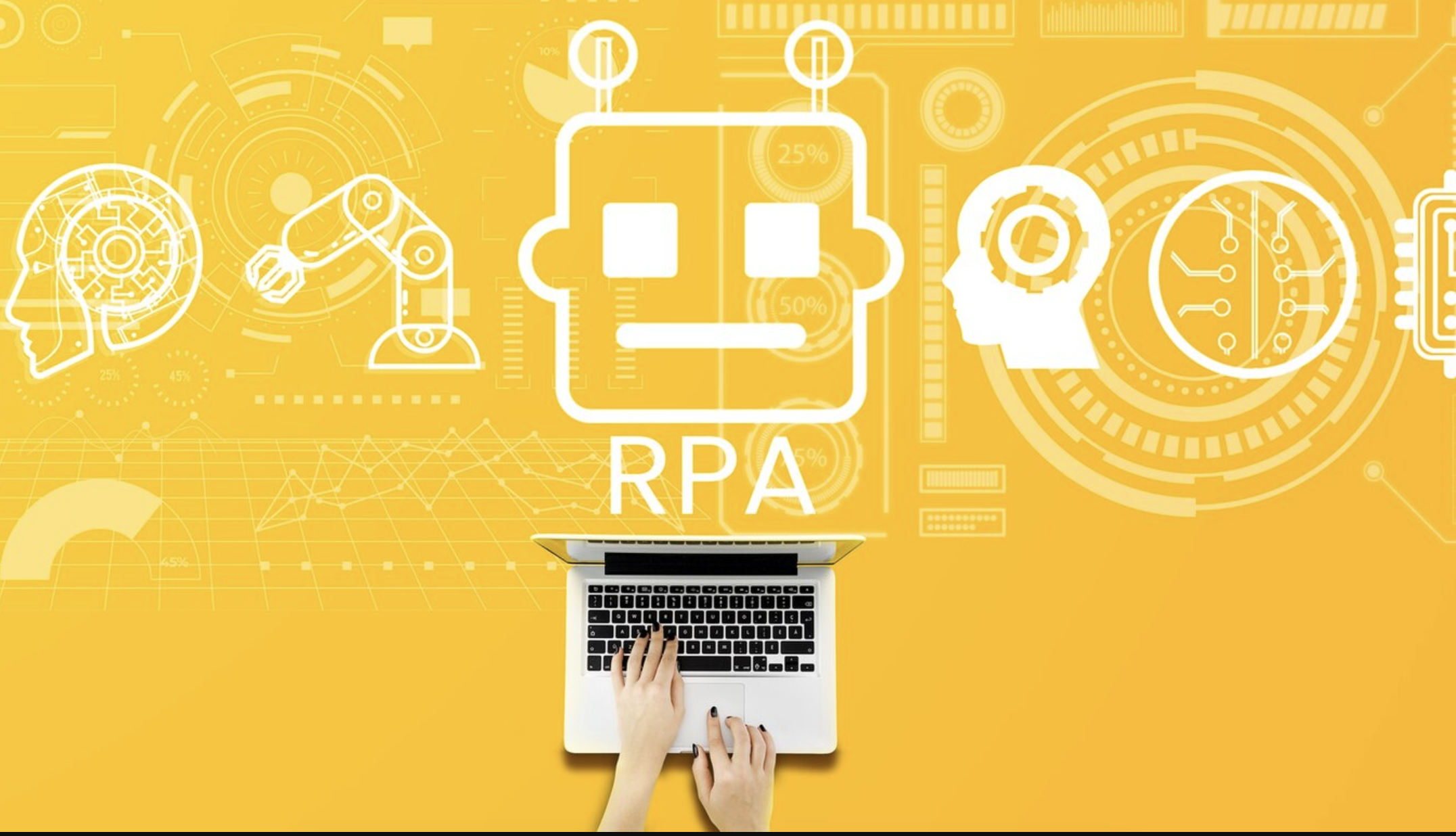
Process automation is something companies have increasingly adopted to improve their operations. More businesses are integrating automation software into their daily processes, hoping to streamline simple tasks and workflows. Tools such as workflow automation software, chatbots, and CRM systems are just a few examples of solutions that help companies automate multiple processes, improving efficiency, reducing costs, and increasing sales.
However, these initial automation tools are only the first step. According to a Deloitte survey conducted in 2018, about 72% of international companies have already started implementing Robotic Process Automation (RPA) solutions. This number is expected to grow, indicating that RPA is the next major advancement in process automation.
Before diving into the reasons for its growth, let's first understand what RPA is.

What is RPA?
RPA, or Robotic Process Automation, is a business logic technology designed to help companies automate their business processes. Governed by structured inputs, business logic, and Intelligent Automation (IA), RPA software aims to automate repetitive daily tasks, reduce human effort, streamline enterprise operations, lower production costs, and improve efficiency and productivity.
RPA tools utilize technologies such as machine learning, artificial intelligence, and IA to perform various processes. These tools enable businesses to automate tasks such as data manipulation, system communications, email responses, and even processing multiple transactions. Companies benefit from automating thousands of tasks daily through RPA.
Robotic Process Automation: The Next Step in Business Process Automation
The application of RPA in today’s businesses is vast. With this technology, companies can configure their own unique bots to perform repetitive core tasks. Essentially, RPA enables software to capture and replicate specific processes, tasks, or transactions, performing them as a human would.
For instance, RPA can be used to handle large amounts of data, manage transactions, trigger responses to certain events, and communicate with other digital systems in the company's software ecosystem. This extends automation beyond just internal workflows or client interactions, allowing businesses to automate any task that consumes significant time, money, or resources.
RPA raises the standard for process automation, as it enables companies to automate a broader range of operations that go beyond the initial integration of basic tools.

Why Consider Using RPA?
Robotic Process Automation offers two key benefits that other automation solutions may not provide:
- Reduction in staffing costs and human error
- Increased productivity
The reason for this is simple: RPA bots are a low-cost, easy-to-develop solution that doesn’t require complicated custom software or system integration. This makes them ideal for businesses looking to automate processes at a relatively low cost while achieving significant results.
More companies are expected to use RPA to automate between 15 and 20 tasks, resulting in what is known as Intelligent Automation—the practice of using artificial intelligence to automate everything from small tasks to complex processes within an organization.
Additionally, RPA can be integrated with other advanced technologies, such as machine learning, natural language processing, and speech recognition, enabling businesses to automate high-order tasks that require more human-like abilities.

Benefits of Implementing RPA
There are many reasons why CEOs, project managers, and CIOs are choosing to implement RPA in their organizations:
- Streamlined operations: RPA helps companies streamline their enterprise operations by automating rule-based, repetitive tasks.
- Increased productivity: By automating dull and time-consuming processes, employees can focus on more important, value-added tasks.
- Reduced staffing costs: Automation reduces the need for manual labor, helping businesses save on staffing costs.
- Enhanced process efficiency: RPA improves the overall efficiency of business processes by reducing the likelihood of human error.
With RPA, companies can automate repetitive tasks, allowing their workforce to focus on strategic initiatives that drive business growth.
How to Implement RPA in Your Business
If you’re looking to implement RPA in your business but aren’t sure where to start, contact us! Our team at Rootstack is ready to help you integrate the software solutions you need to streamline your operations, improve efficiency, and boost your business performance.
